A new fish tank must be cycled before you introduce any fish.
Allowing the aquarium to cycle enables beneficial bacteria to colonize the tank and the filter media so that harmful chemicals are processed and removed from the water. The result is clean water that’s safe for your fish to live in.
But what is cycling a fish tank? How long does it take for a tank to cycle fully? And what happens if you don’t cycle your tank?
Read this simple guide to learn how to cycle a fish tank correctly.
What Is A Fish Tank Cycle?
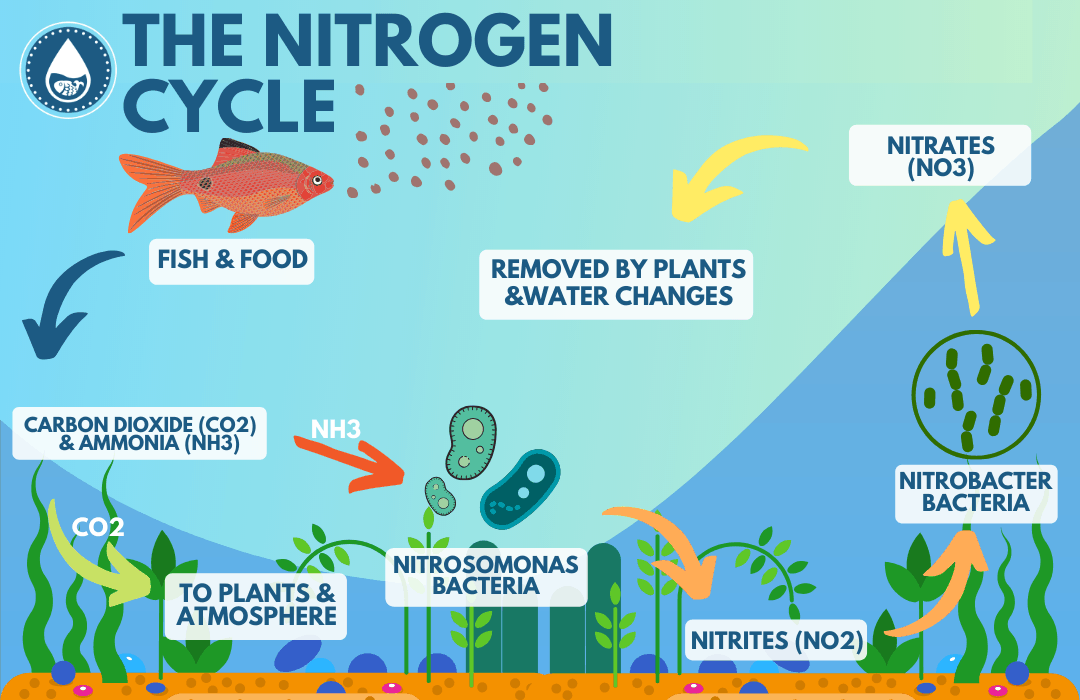
In the wild environment, the nitrogen cycle is the process whereby nitrogen gas passes from the air to plants, animals, and bacteria and then back to the air.
So, how does that process work in an enclosed fish tank?
Understanding The Nitrification Process
The nitrification process defines the nitrogen cycle.
So, how does that work?
Ammonia
Fish waste, uneaten fish food, plant debris, and general detritus gradually decompose in the water, releasing a harmful chemical called ammonia. If it isn’t removed from the water, ammonia will quickly kill your fish and other livestock.
Nitrogen-fixing bacteria can process or oxidize ammonia, converting it into another chemical called nitrite.
Nitrite
Nitrite is also extremely toxic to fish if allowed to accumulate in the water. However, in the next part of the nitrogen cycle, more bacteria process the nitrite into nitrate.
Nitrate
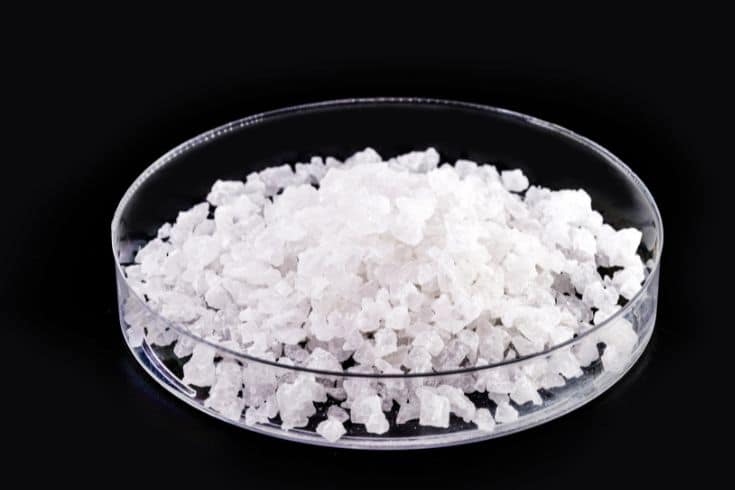
Nitrate is still dangerous to your fish but much less harmful than nitrite.
In a natural ecosystem, nitrates are removed from the water through natural processes, such as rainfall, evaporation, and water flow. However, in a fish tank, you must do that job by performing partial water changes every week.
Why Is Cycling Important?
If your fish tank isn’t fully cycled before you add fish, the filter media, tank surfaces, and gravel substrate won’t have sufficient numbers of nitrogen-fixing bacteria to process the ammonia and nitrites into nitrates.
That means when you start feeding your fish, and they begin producing waste, ammonia will accumulate in the water, producing a “spike” that will quickly kill all your fish.
Monitoring Ammonia, Nitrite, and Nitrate Levels
To prevent that from happening, you need to monitor the levels of these chemicals in the water.
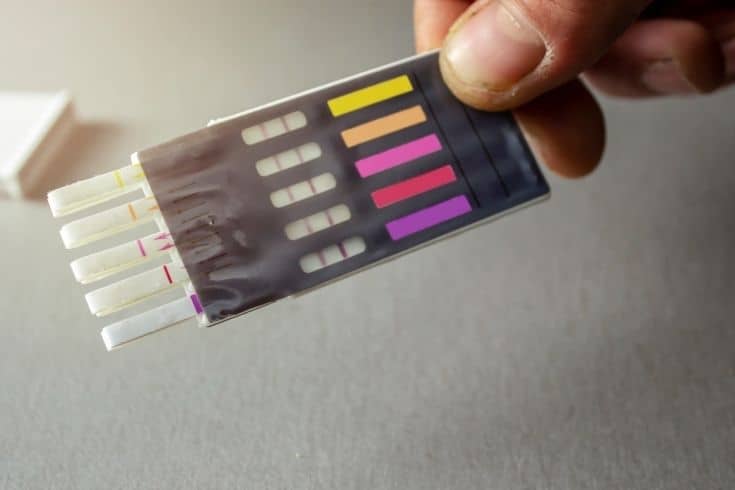
Use an aquarium testing kit to check the levels every couple of days after starting the cycle. Ammonia and nitrite levels should be zero, and nitrates should be close to 20 ppm or less.
Once those levels are achieved, it’s safe to put a few fish into the tank.
How Long Does It Take To Cycle A Fish Tank?
It can take anywhere from a few weeks to a few months for a brand-new fish tank to be fully cycled.
Once the desired levels are reached, you must only add a few small fish to the tank at a time so that you don’t overload your biological filter media.
How To Cycle A Fish Tank
The simplest way to cycle your fish tank is commonly referred to by hobbyists as the “fishless cycle.”
This is my preferred method of cycling new tanks. I’ve always found fishless cycling to be the most humane and reliable way of starting a new tank safely. You must be patient, remember to test the tank water every couple of days throughout the process, and don’t be tempted to add too many fish too soon!
Starting The Cycle With The Fishless Method
You Will Need
Here’s what you’ll need for a fishless cycle:
- Tap water dechlorinator
- Fish food
- Aquarium water testing kit
Step 1 – Preparing The Tank
Start by setting up your fish tank, as this helpful guide explains.
Remember to use dechlorinated water. If you use untreated water, you risk killing the beneficial bacteria you need for the nitrogen cycle!
Step 2 – Starting The Nitrogen Cycle
The Nitrosomonas bacteria you want to grow in your fish tank need ammonia to “eat.” A new tank with clean water contains no source of ammonia, so you’ll need to add some.
You could add a few drops of pure ammonia to the water, but I prefer to use a pinch or two of fish flakes every 12 hours for a few days. The food quickly begins to decompose, releasing ammonia into the water.
If you have another healthy, mature aquarium, you could add some substrate from that or even use a small quantity of filter media, both of which will already contain the bacteria you want.
Adding Beneficial Bacteria to Establish a Cycle
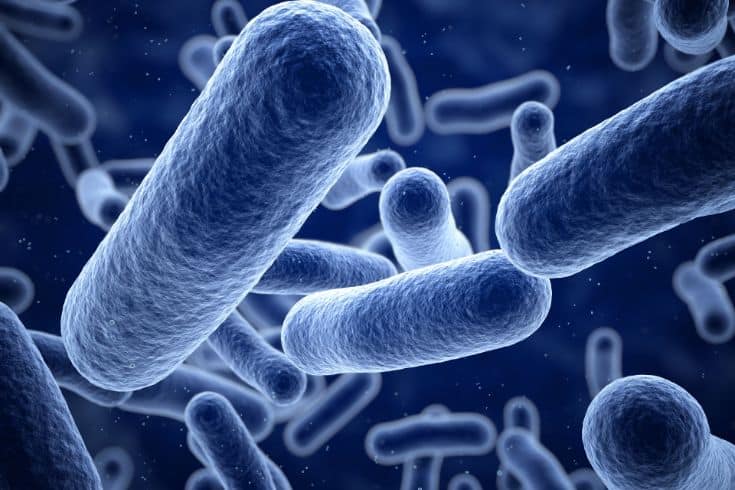
Bacterial supplements can be helpful in kickstarting the nitrogen cycle.
These products essentially contain bottled bacteria suspended in a liquid that you add to your aquarium. You add the bacteria to your tank, where they add to existing colonies or establish new ones.
Step 3 – Test The Water For Ammonia
Ideally, you want at least 3 ppm of ammonia to start the nitrogen cycle. So, after every few days, test the water, adding more fish food if necessary and leaving it to decompose.
Step 4 – Test The Water For Nitrite
Once you have sufficient ammonia in the water, test again, this time for nitrite.
As soon as you see nitrites in the water, you know the cycle has started. Add fish food to the water so the Nitrosomonas bacteria have enough ammonia to process.
Step 5 – Test For Nitrates
After a few weeks, nitrite levels should start falling.
At that stage, you must test the water for nitrates.
When you discover nitrates in the water, you know the nitrogen cycle is almost complete. Nitrate levels should be around 20 to 30 ppm. If the levels are much higher than that, carry out some partial water changes to reduce them.
Step 6 – Add Fish!
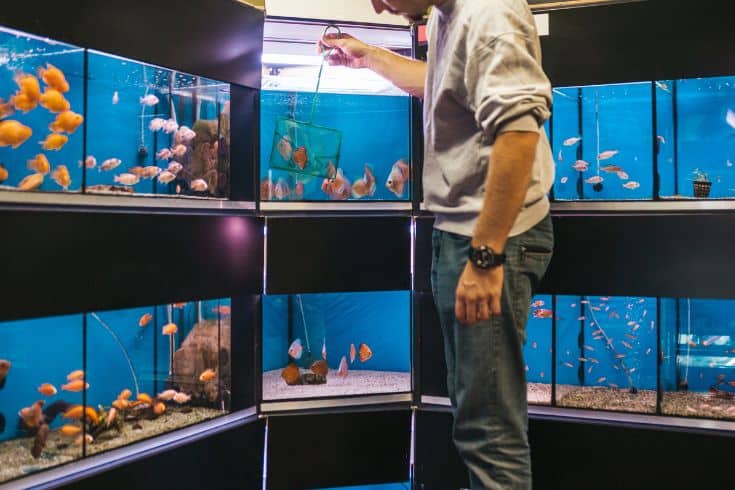
When you’re certain the water doesn’t contain toxic ammonia or nitrite, you can introduce a few small fish.
Don’t go crazy! If you throw too many fish into the tank, your bacterial colony won’t be able to cope, and you’ll cause an ammonia spike that will kill your fish.
I always use an aquarium vacuum cleaner to remove rotting fish food from the tank before I add any fish. Be sure to push the vacuum deep into the substrate to disturb pockets of harmful ammonia that could be lurking there.
Starting The Cycle With The Fish-Inclusion Method
From the get-go, I must stress that we don’t generally use the fish-in or fish-inclusion method of cycling a new tank.
Fish-in cycling uses small, low-value fish, commonly known as “suicide fish,” which are exposed to high ammonia and nitrite levels in a brand-new, uncycled tank. Those unfortunate fish often don’t survive the process.
Choosing Hardy Fish For The Cycling Process
A few species of fish can sometimes survive the cycling process, although a few usually die.
Popular “suicide fish” include White Cloud Minnows, Cherry barbs, Zebra danios, and feeder fish, including guppies.
Here’s how the fish-in cycling method operates.
Step 1 – Introduce A Few Fish
With this cycling method, you’re using fish to introduce ammonia into the water through their waste and by adding fish food to the tank for the fish to eat.
These fish must be able to survive the harsh water conditions in the tank long enough for the Nitrosomonas bacteria to become established.
Stage 2 – Add Fish Food
Feed the “suicide fish” every couple of days, giving them only what they’ll clear in a few minutes.
Don’t give the fish too much food! If the fish produce too much waste, the bacteria colonies won’t be able to cope, resulting in an ammonia spike that could kill the fish.
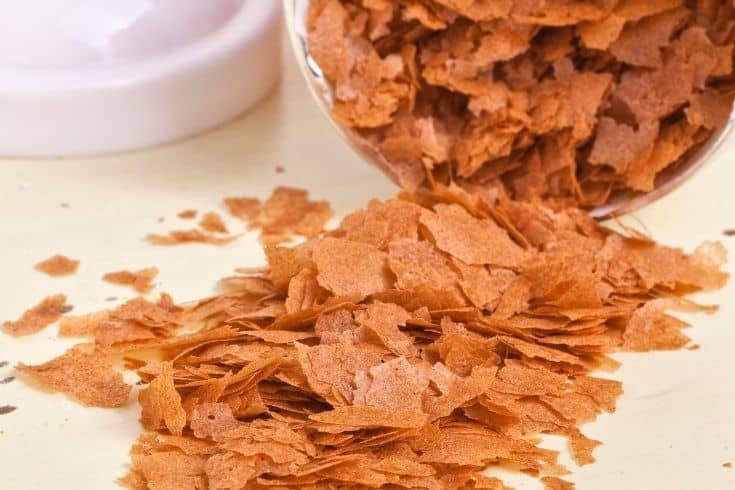
The idea is to give the fish enough food to survive and produce sufficient ammonia for the bacteria to become established.
Step 3 – Perform Partial Water Changes
It’s essential that you perform regular partial water changes to keep the toxin levels down.
We recommend changing 10% to 25% of the water every couple of days. You want to maintain a balance between feeding your bacteria and not poisoning your fish, which can be tricky.
Remember to add a dechlorinator to the freshwater you add to the tank. The chlorine and chloramine contained in tap water will kill your beneficial bacteria, stopping the crucial cycling process in its tracks.
Step 4 – Water Testing
Throughout the cycling process, test the water for ammonia and nitrites every few days. Once the nitrites are zero and you discover nitrates in the water, you know the cycle is complete.
Stage 5 – Introduce More Fish
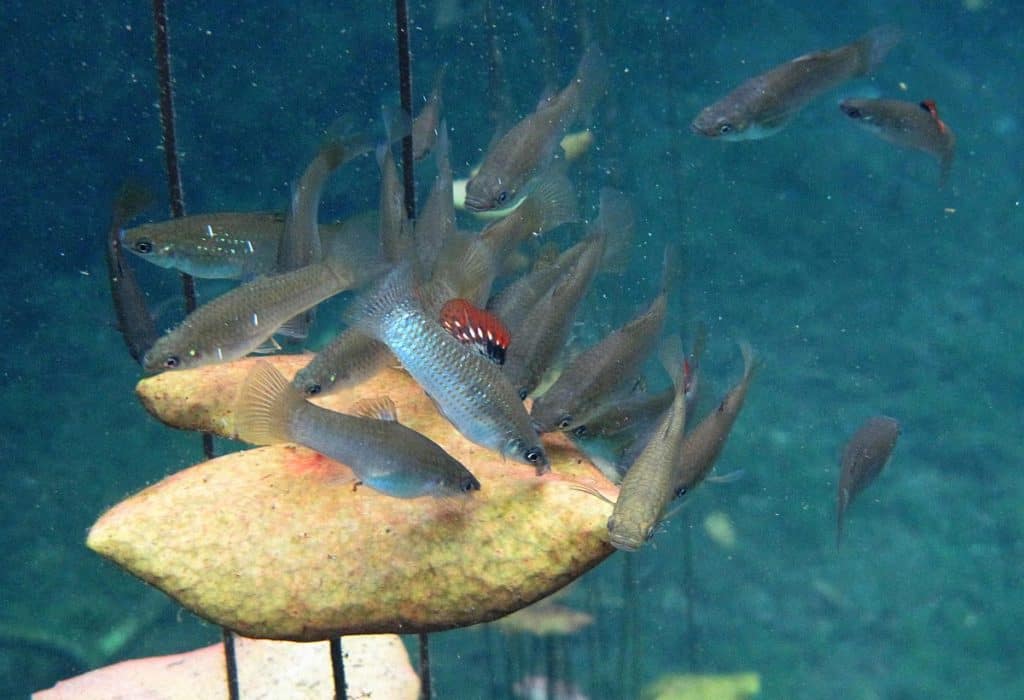
Now you can add a few more fish, introducing one or two small fish each time. After a week, test the water again. Provided the ammonia and nitrite levels are still zero and nitrates are low, you can add a few more fish.
Using Seeding Material From Existing Tanks
As mentioned earlier, you can sometimes accelerate the cycling process by adding material from a mature tank to your new setup.
For example, substrate, aquatic plants, decorations, and filter media that are taken from an existing tank will all contain the beneficial bacteria you need to kickstart the nitrogen cycle.
That means you won’t have to wait quite so long before the cycle is complete, and you can start adding fish to your new setup.
Disadvantages
On the face of it, that sounds like a great idea. However, you should be aware of some disadvantages to this seeding method.
- Bringing anything in from an existing tank means you risk importing harmful bacteria and parasites. That could cause problems when you start introducing fish and other livestock to your new setup.
- The water parameters of both tanks must be very similar for the seeding process to work. For example, KH and pH levels must be similar in both tanks because Nitrosomonas bacteria can’t tolerate dramatic variances in water chemistry.
You might also end up importing algae into your new tank, which is not ideal, as you’ll then have to get rid of it.
Final Thoughts
Did you enjoy our guide on how to cycle a fish tank? If you found the information helpful, please remember to share the article!
Cycling a freshwater fish tank correctly is vital for your fish’s and other livestock’s health. In a nutshell, if you don’t complete the nitrogen cycle before adding fish to your aquarium, all your new pets will die pretty quickly.
Did you use the fishless or fish-in aquarium cycling method? Tell us how you did in the comments box below!
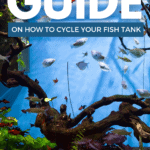
Thank you!
This was the most clear tutorial I have read on how to cycle my tank.